Community header template
- Home
arrow_drop_down
- News
arrow_drop_down
- What’s On
- Local Information
arrow_drop_down
- Community Groups
arrow_drop_down
- Business Support
arrow_drop_down
- Advertising Rates
- Business Networks
- Akin Arundel
- Arundel Chamber of Commerce
- Consultants, Admin Support & Office Space
- Film Location & Production Support
- IT & Technical Support
- Legal, Financial Planning, Accountants And Insurance
- Local Publications And Media
- Marketing, Printing & Digital
- Business Newsletter
- Local Directory
arrow_drop_down
- Estate & Lettings Agents & Architects
- Health, Beauty & Wellbeing
- Home & Gardening Services
- Legal, Financial Planning, Accountants And Insurance
- Photographers, Fashion & Lifestyle
- Retirement, Care & Funeral Services
- Travel, Holidays & Languages
- Tradesman, Builders and Property Services
- Vehicle Repairs, Storage, Hire & Taxi Services
- Weddings, Events & Entertainment
- Contact
Playing Outside
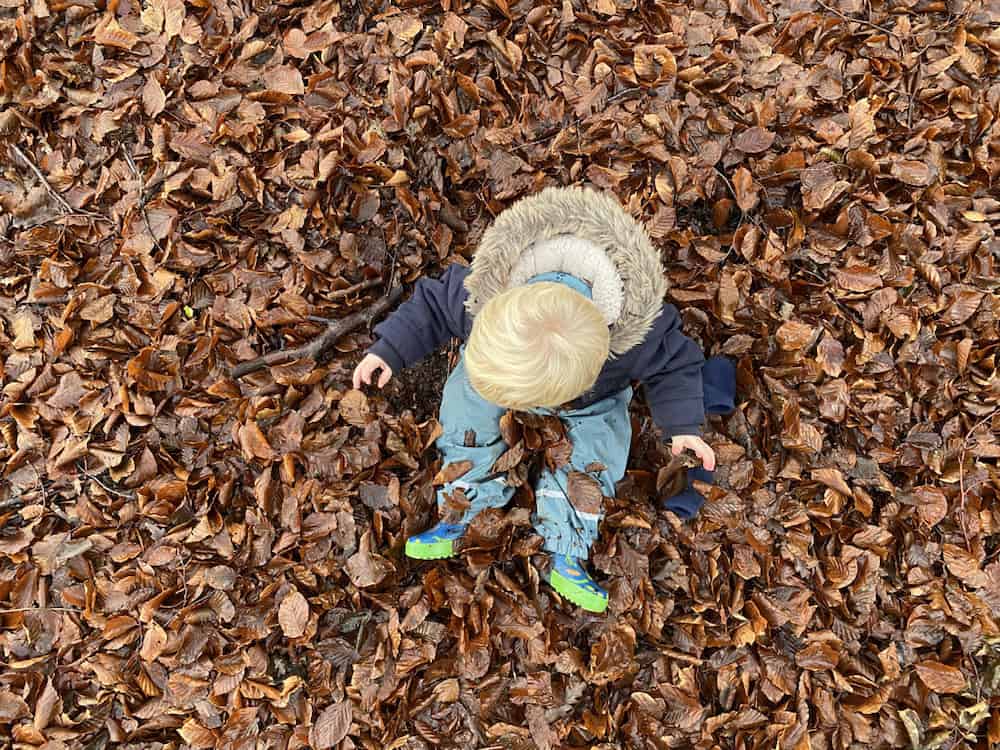
Take a family walk outside with Sam and rediscover nature
By Sam Lovegrove
This year more than ever before, we have all found some solace, stress relief, and hopefully a little peace, on our walks and spending time outdoors. We are so lucky to have such beautiful, diverse natural environments on our doorsteps.
If we can find any positive points about this year, I hope and believe that we have all been able to reconnect with nature in our own way.
My name is Sam, I am the founder of Little Birds Forest Nursery – as a nursery school we are inspired very much by the Scandinavian forest kindergartens and spend most if not all of our days learning and playing in nature.
When I have delivered workshops or speeches on engaging children with nature and the importance of nature connection for children, I often ask for a show of hands or for people to share their favourite childhood memory. Have a think now yourself – what are some of your happiest times spent as a child? Usually the memory or experience features playing – mostly unsupervised – outdoors, in fields, woods, meadows or streams, at the seaside, or even like me – playing in a shared long back road and a tiny edge of hedgerow and sneaking blackberries (I grew up in South London!).
Richard Louv has written a book on one of the most endangered species of our time; the child in nature. Modern life, changes in parental and societal influences mean children have less and less time to play and engage and connect with nature.
I believe this year, and all the experiences we have shared and education initiatives in schools and nurseries such as the forest school approach act as a counter balance. More importantly how you spend time together as a family will shape and influence your child’s experiences in nature.
How can you facilitate outdoor play and this connection together as a family? Not all of us love the mud, the cold, the rain and if we aren’t enjoying ourselves then our children will not enjoy the experience as much.
Be gentle on yourself – and remind yourself again of those childhood memories – what did you enjoy? Start slowly, and gently.
More than anything – make sure especially with the current weather (it’s currently snowing on the South Coast – much to the nursery children and our delight) dress warm!
Sir Ranulph Fiennes famously said “There’s no such thing as bad weather – only the wrong clothing” and we always recommend adults and children dress ‘like onions’ – layer up and wear wool layers as far as you can – especially woollen socks within welly boots and waterproofs.
If you are warm – then you are all ready! Set off with no expectations, just visit (current guidelines permitting of course) your favourite natural space.
Accessibility is key but try to go at a time when there may be less visitors.
Then be slow! Children need time, and space to be able to start to play – if you have ever taken a walk with a two year old you know you need to have lots of extra time. Children are slower because they are usually interested in everything around them, to explore what’s under that stone, jump in the puddle, balance on the tree etc. Allow this time.
Try to see the environment through the eyes of your child – and ‘go with the flow’, there is no set time, no activity you have to do, just spend time and see what happens. Just allow the experience to unfold and offer as much time as you need and let the children lead – they will invent their own games, you don’t need to be Bear Grylls!
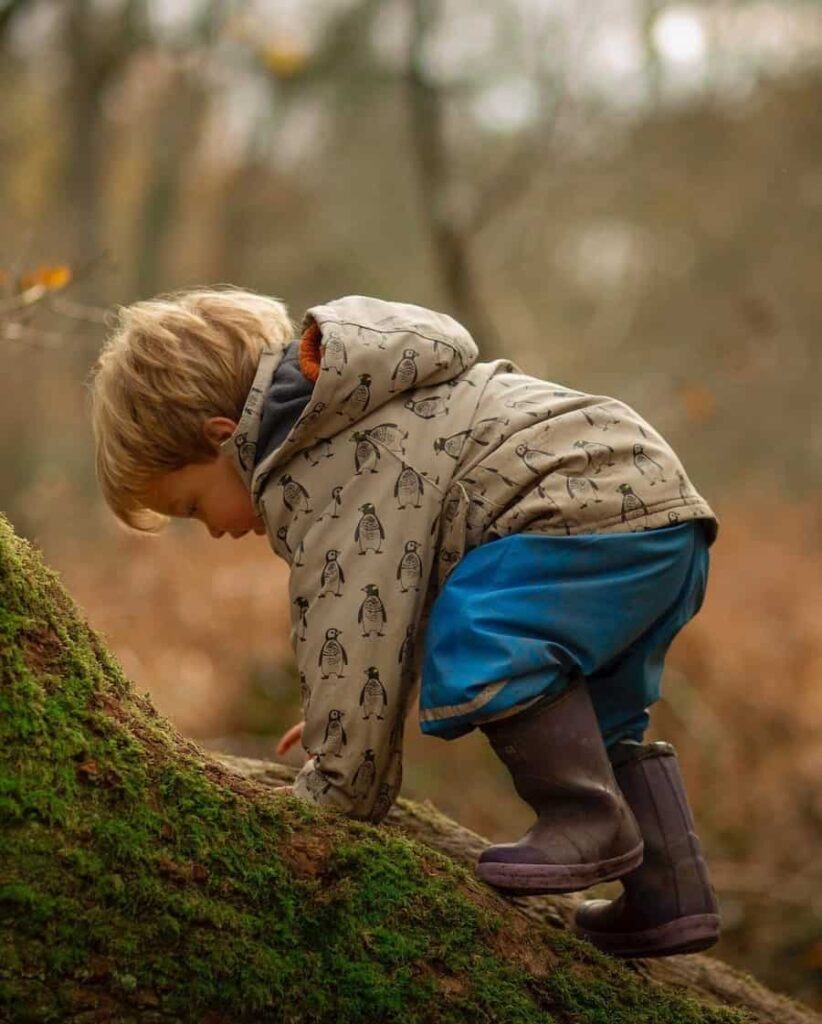
If you need ideas for activities, there are so many resources available, be it the Woodland Trust or Forestry England, where you can download tree id guides or scavenger hunts, or Sussex Wildlife Trust and Field Studies Council shell, seaweed, flora and fauna identification guides etc which will build your knowledge and start to reacquaint yourself with your ‘childhood friends’.
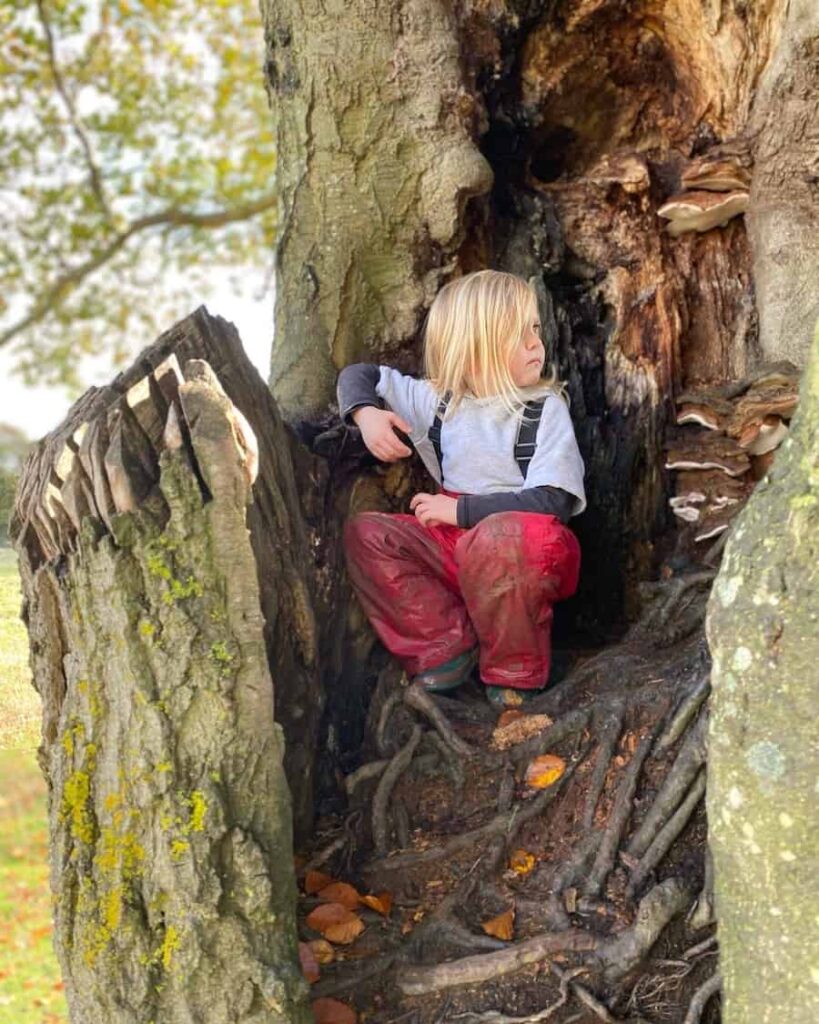
If you are in woodland, sit quietly and listen to the sounds around you, or you can make tiny dens with little sticks, or for older children you could make large child or even adult size dens – this can take a whole afternoon!
Spring is on it’s way – you could see if you can spot birds starting to make nests, and even try making a giant birds nest of your own! ALL children – not matter their age (or adults for that matter) LOVE a mud slide – find a sloped area, wear waterproofs and off you go! For the very brave – challenge yourselves to see who can get the muddiest? Have towels and possibly a change of clothes on standby! As they say, the mud wears off, but the memories last a life time.
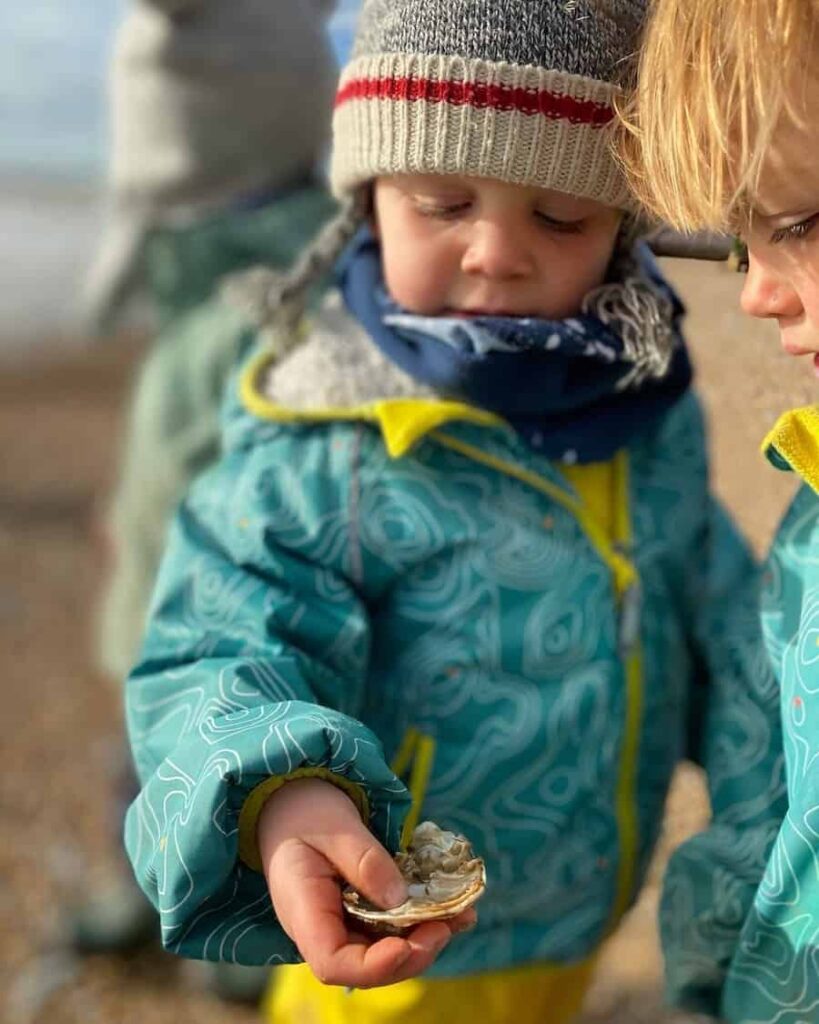
On the beach you could stack stones, mark the coming or outgoing tides, have some fun making sand sculptures, or engage in activities that promote mindfulness and meditation such as creating a coastal natural material mandala or a zen garden, by using fingers or sticks to rake sand in to beautiful patterns.
Where ever you are and whereever you decide to visit please feel free to adopt our Little Birds rule of “No pick, no lick” – we are only custodians of our spaces and we don’t want to negatively impact our environments by stripping leaves, picking plants, disturbing the wildlife or pulling off limbs or branches, and remember some plants are poisonous or toxic. Leave only footprints and take only photographs.
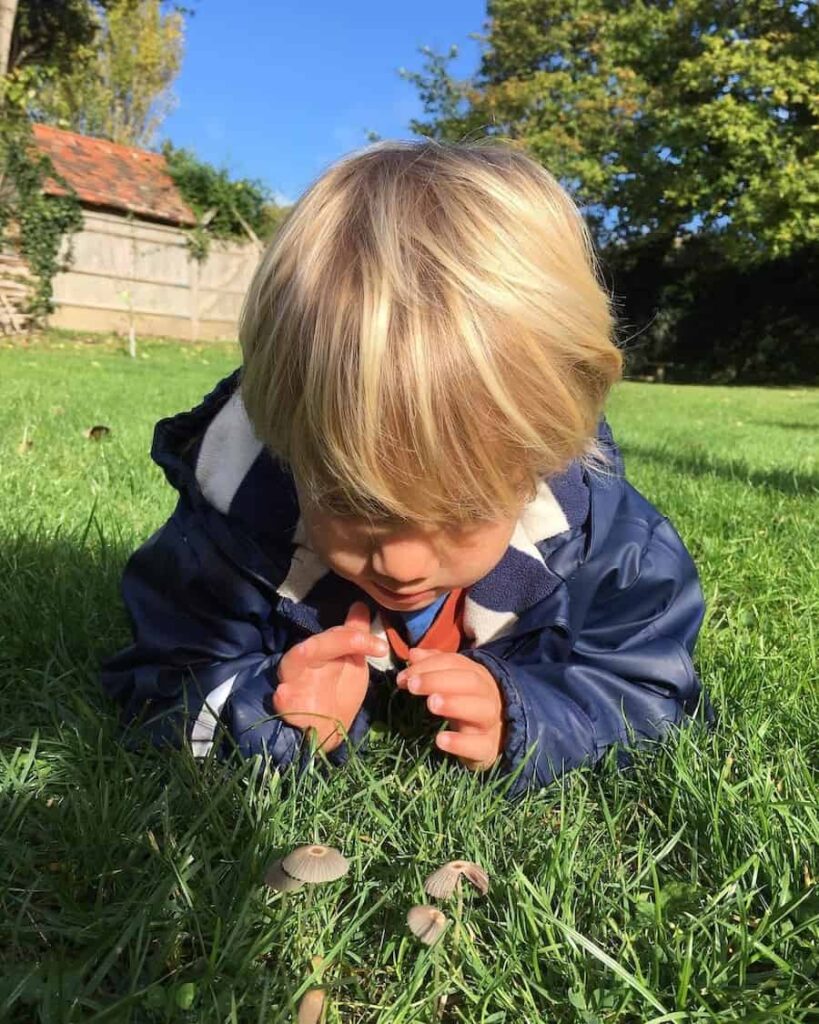
In the garden there are lots of activities to try, gardening is a great start, start to grow from seed – nasturtiums are so easy to grow, and plant a courgette seed or two – these plant are really easy to grow and great to involve children in cooking with garden produce.
Children of all ages love a mud kitchen and you need so little – a couple of old pans, jugs, sieves, containers, sticks, and flowers and of course mud and water! Always supervise water play very closely especially with very young children.
It’s of course part of being a parent to worry about your child getting hurt when playing outside, and your child may be worried to try something new. This is all normal with outdoor play, and these worries shouldn’t keep your child from playing outside.
It’s a good thing for your child to push the boundaries a little outside, where they have more room to jump, climb and run faster. It might result in bumps and bruises or the odd scrape but this helps your child learn from experiences and this ‘risky play’ helps them to start to understand and explore managing their own risk. Children who have not been able to have these outdoor experiences are more likely to get seriously hurt when they have outdoor experiences on their own terms.
And the cold? Being in the cold or the rain does not make children sick or catch colds – with the right clothing outdoor play strengthens the immune system, helps them to burn energy, promotes problem solving and cognitive thinking, and boosts mood, well – being and vitamin D levels.
It’s all to easy to snuggle on the sofa but my last tip for you – bad weather always looks worse through a window – get outside, make memories, and connect with each other and where you live. Enjoy!
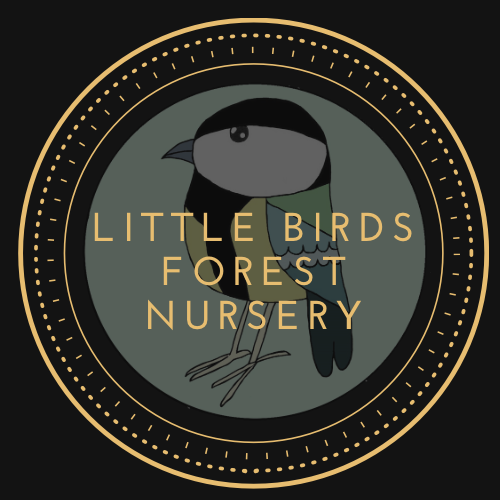
A magical outdoor nursery in the heart of the South Downs.
Inspired by nature Learning through play
